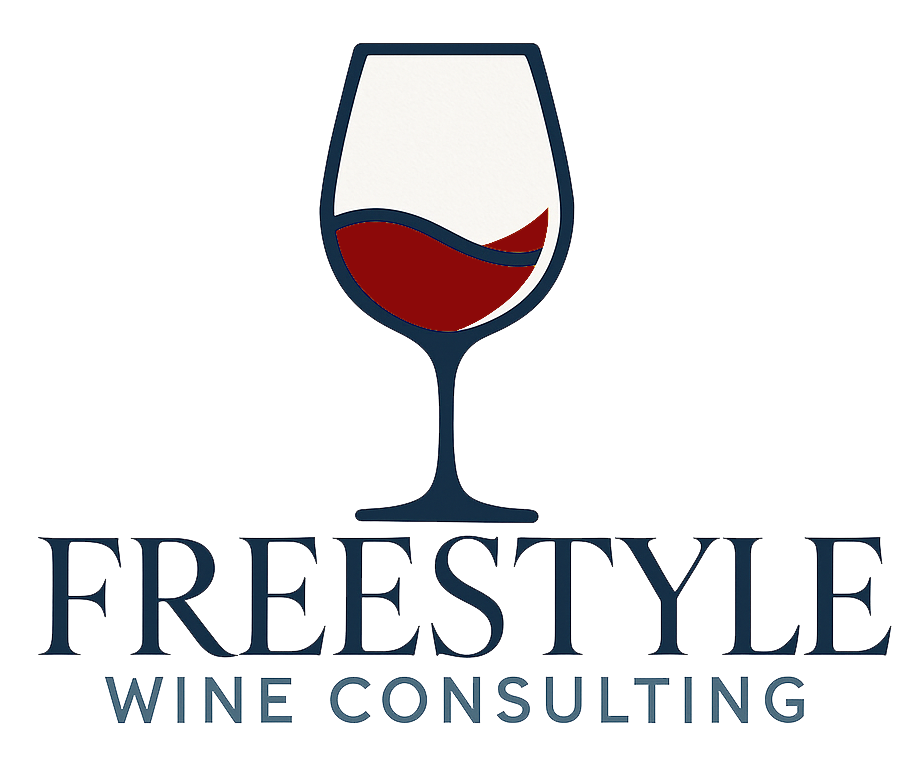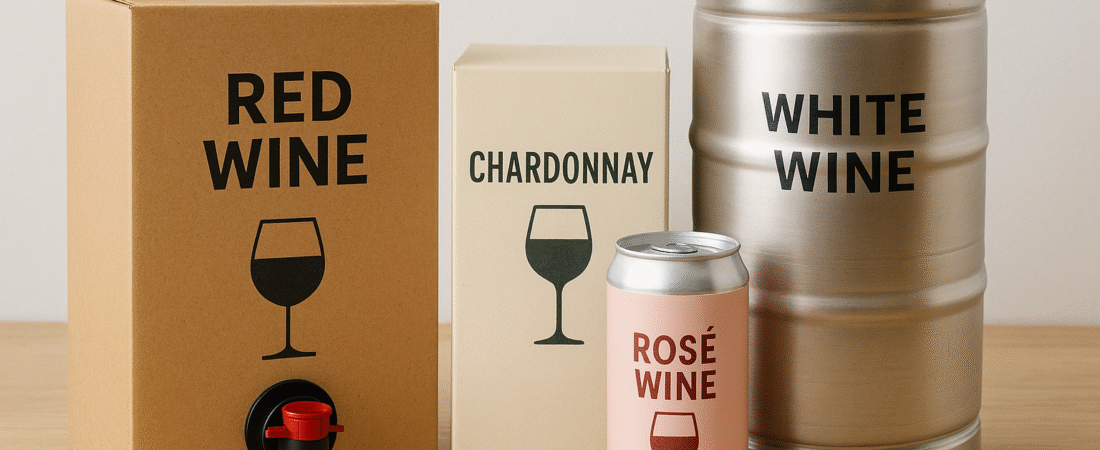By Freestyle Wine Consulting
The wine world is evolving—and not just in the vineyard. As consumer preferences shift and sustainability becomes a priority, the industry is embracing new formats that challenge tradition while opening doors to innovation, accessibility, and environmental responsibility.
Why Packaging Matters
Packaging isn’t just about aesthetics. It influences shelf life, portability, carbon footprint, and even how wine is consumed. While glass bottles have long been the gold standard, alternative formats like cans, kegs, and boxes are gaining traction for good reason.
Let’s explore what’s driving this change—and what it means for producers and consumers alike.
Wine in Cans: Convenience Meets Quality
Once dismissed as a novelty, canned wine is now a legitimate category with growing market share. Today’s cans offer:
- Portability: Perfect for picnics, concerts, and outdoor events.
- Portion Control: Single-serve sizes reduce waste and encourage trial.
- Freshness: Modern liners prevent metallic taste and preserve flavor.
Canned wine appeals to younger, adventurous drinkers and supports branding that’s bold, fun, and unconventional. It’s also ideal for sparkling and rosé wines, which benefit from quick consumption and chillability.
Wine on Tap: Kegs for Sustainability and Scale
Wine kegs are revolutionizing service in restaurants, bars, and tasting rooms. Benefits include:
- Reduced Waste: No corks, capsules, or bottles to discard.
- Consistency: Every pour is fresh, with no oxidation between servings.
- Efficiency: Faster service and lower packaging costs.
Kegged wine is especially popular for house pours and high-volume venues. It’s a sustainable choice that aligns with eco-conscious values and operational efficiency.
Boxed Wine: Reinventing the Reputation
Boxed wine has come a long way from its budget reputation. Today’s premium boxed wines offer:
- Extended Shelf Life: Vacuum-sealed bags keep wine fresh for weeks after opening.
- Lower Carbon Footprint: Lightweight packaging reduces transportation emissions.
- Value: More wine for less packaging cost.
Producers are now using boxes to deliver high-quality wines in a format that’s perfect for casual sipping, parties, and everyday enjoyment.
What This Means for the Industry
Alternative packaging isn’t just a trend—it’s a strategic response to changing consumer lifestyles, environmental concerns, and economic pressures. For wineries, it’s an opportunity to:
- Reach new demographics
- Reduce costs and waste
- Experiment with branding and formats
At Freestyle Wine Consulting, we help producers navigate these shifts with insight and creativity. Whether you’re considering launching a canned line or transitioning to keg service, we offer tailored strategies to make your packaging work for your brand and your bottom line.
Ready to explore new formats for your wine?
Let’s talk. Freestyle Wine Consulting is here to help you innovate with confidence.

